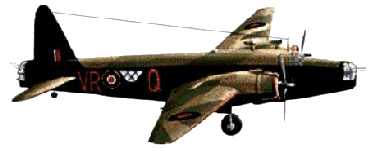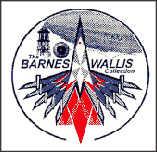




12th November 2010
Engineers & Engineering
Sir Barnes Neville Wallis, more usually known as ‘Barnes Wallis’, was born in Ripley, Derbyshire in 1887. He is most famously known as the man who in World War II designed the famous bouncing bomb used in 1943. Originally trained as a marine engineer he joined the engineering company,
Vickers, in 1913 and worked with them until his retirement in 1971. In a more peaceful vein Wallis made significant contributions to the development of airship designs include the first application of geodetic principles in the
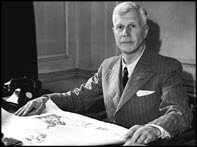
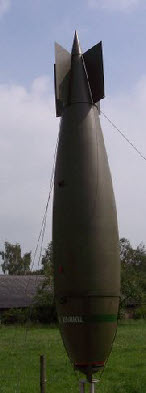
Tallboy
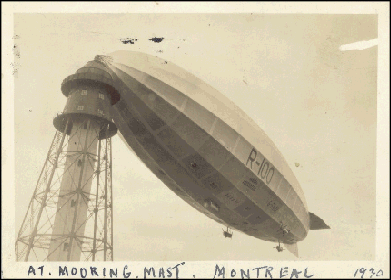
design of airships. He designed the R80 and the R100 airships which although unlike any other airships were scrapped for political reasons within months of their launch. After this disappointment, Barnes Wallis moved to aeroplane design in which he again applied his revolutionary geodetic principles in designing the Wellesley and the Wellington bomber aircraft in 1936. His unique design enabled the Wellington aircraft to carry double the required load for over twice the distance agreed on the initial contract specification. The Wellington had one of the most robust airframes ever developed.
In the early 1940s Barnes Wallis developed the area of swing-wing geometry for aircraft and had in mind an aircraft that would make the return Europe to Australia flight in less than 10 hours. His first models were made
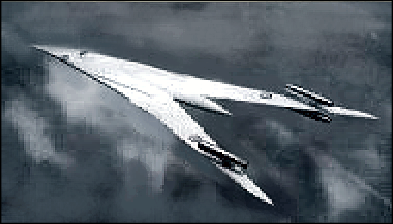
under the project “Wildgoose” which developed further into the “Swallow” craft (1950s). These concept were abandoned by Vickers and the Uk Government gave the research to the USA military for further development. From these early beginnings were to come aircraft such as the TomCat.
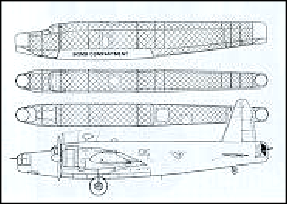
Wallis’s designs were ahead of their time and the variable geometry craft may well be the way in which variable ranges of speeds and subsequent efficient flight over this range - will be developed. It should be remembered that Wallis was working some 60 or more years ago on these ideas !
In Barnes Wallis’s words; “And so five of my team and I flew out to Langley Field but unfortunately we overdid it. We convinced the Americans too sincerely that this was a great idea and so they decided to take it up for themselves instead of paying us a grant to do it in England".

